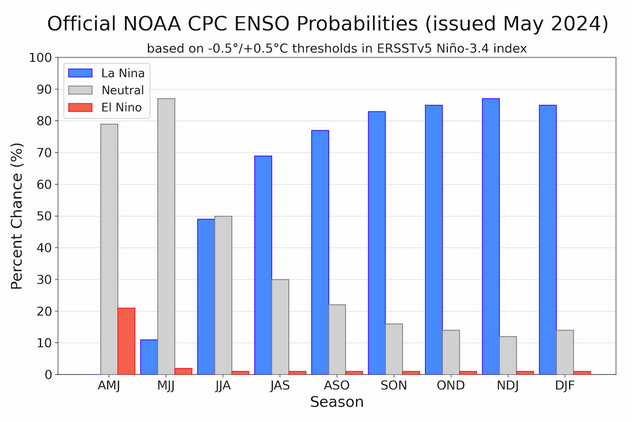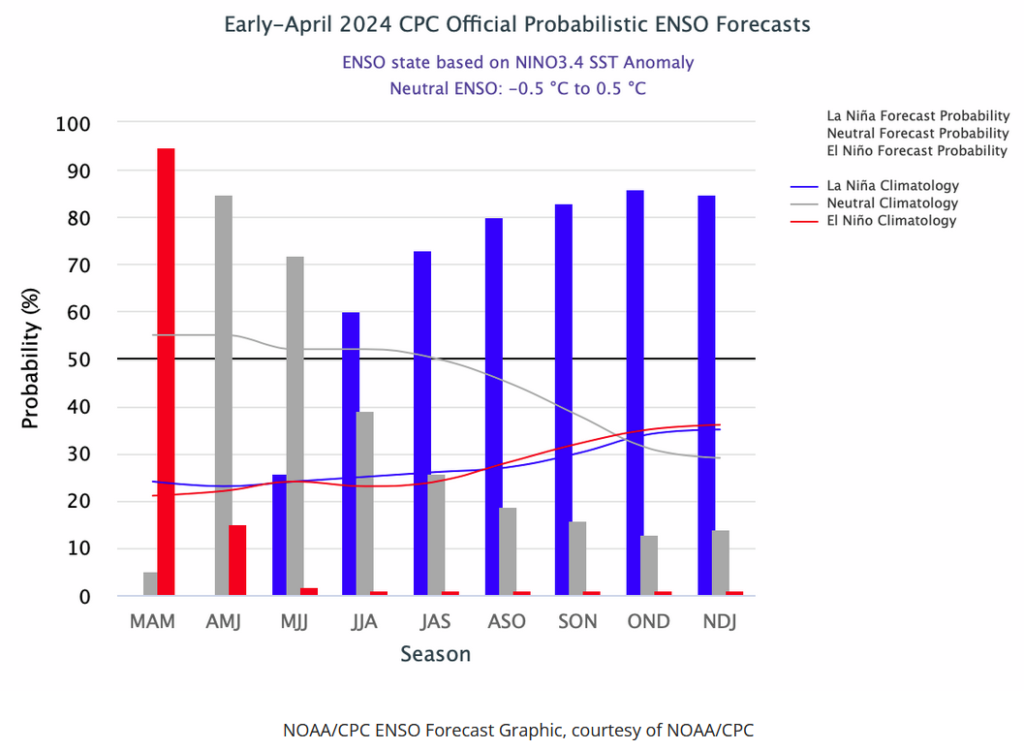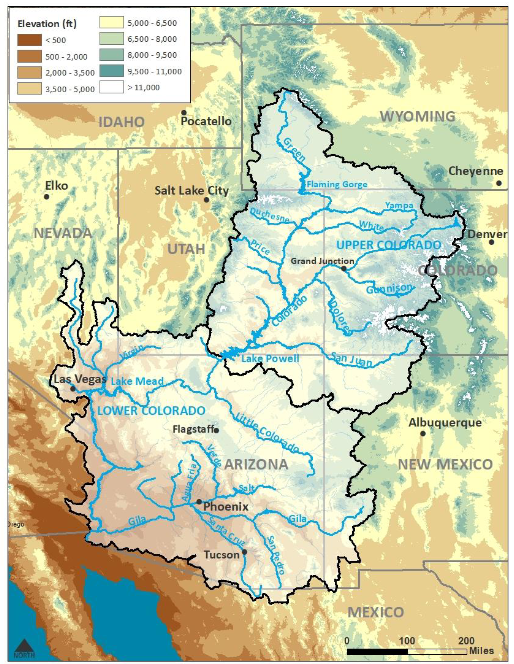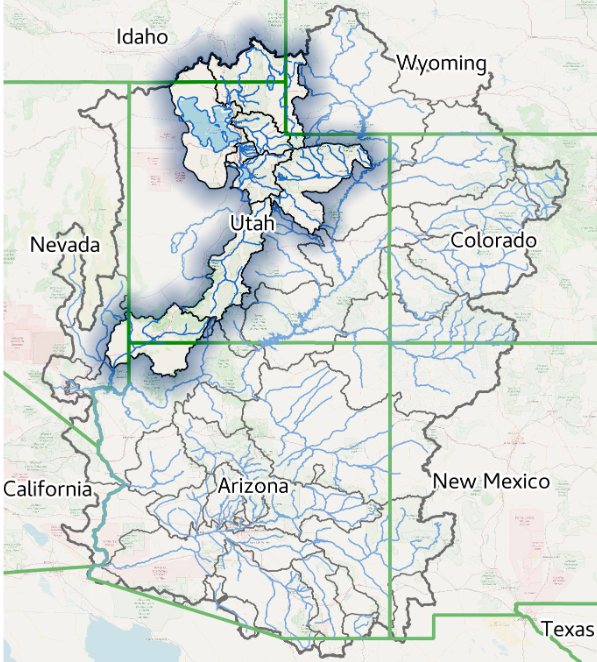Today Through the Fourth Friday (22 to 28 days) Weather Outlook for the U.S. and a Six-Day Forecast for the World: posted May 13, 2024
This article focuses on what we are paying attention to in the next 48 to 72 hours. The article also includes weather maps for longer-term U.S. outlooks and a six-day World weather outlook which can be very useful for travelers.
First the NWS Short Range Forecast. The afternoon NWS text update can be found here but it is unlikely to have changed very much. The images in this article automatically update.
Short Range Forecast Discussion
NWS Weather Prediction Center College Park MD
Mon May 13 2024
Valid 12Z Mon May 13 2024 – 12Z Wed May 15 2024
…Severe thunderstorms and flash flooding will impact portions of the
Gulf Coast today and the Southeast Tuesday…
…Above average temperatures expected for the West…
A strong upper low will push east across the central U.S. today
accompanied by a strengthening surface low pressure system that will sweep
across the southern tier. A warm front will lift north across the Gulf
Coast ahead of the system and prime the environment for showers and
thunderstorms today. Severe thunderstorms are expected from central and
east Texas across portions of the Gulf Coast states to the Florida
Panhandle, and the Storm Prediction Center Convective Outlook highlights
this area with a Slight Risk (level 2/5) of Severe Thunderstorms with an
embedded Enhanced Risk (level 3/5) area. Potential storm hazards will
include significant wind gusts, very large hail, and a few tornadoes.
Additionally, anomalous moisture and high instability over the Gulf Coast
region will support waves of very heavy rainfall that will likely lead to
scattered to numerous instances of flash flooding. There is Slight Risk
(level 2/4) of Excessive Rainfall in effect from east Texas across
southern portions of the Gulf Coast states to the Florida Panhandle and a
Moderate Risk (level 3/4) in effect from the toe of the Louisiana boot to
the western Florida Panhandle. Heavy rainfall will also be possible
further north in parts of the Mid-Mississippi Valley and Upper Midwest
along a slow moving frontal boundary draped over the top of the southern
low pressure system.
The low pressure system will continue to move east through mid-week, and
the warm front will lift north across the Southeast while the trailing
cold front moves across the Lower Mississippi Valley on Tuesday.
Widespread showers and thunderstorms are forecast to develop across the
eastern U.S. on Tuesday, and although the severe thunderstorm threat will
be lower than it was on Monday, isolated severe storms with heavy rainfall
will be possible in the Southeast. By Tuesday night, showers and storms
will expand into the northeast as well, then the southern low pressure
system will push into the Atlantic on Wednesday.
Unsettled weather is also expected to develop in the Intermountain West
and the northern and central Plains as a frontal system moves south across
the region over the next few days. Low pressure will consolidate and
strengthen over the northern/central Plains on Tuesday and move towards
the Mississippi Valley on Wednesday, and this system will create chances
for showers and thunderstorms and high elevation snow.
Temperature-wise, highs will be generally above average for much of the
western third of the U.S. through mid-week, but cooler air will move into
the northern and central Rockies Tuesday into Wednesday in the wake of a
frontal system. Above average temperatures are also forecast for the
northern Plains, Great Lakes, and Ohio Valley today, but temperatures will
return to near average or dip slightly below average Tuesday and
Wednesday. Temperatures will be slightly below to near average for the
rest of the central and eastern U.S. with the exception of parts of
southern Texas and central and south Florida where temperatures will
remain above average. High temperatures in these areas will be in the 90s
and lower 100s, and some daily high temperature records may be tied or
broken.


 >
>




